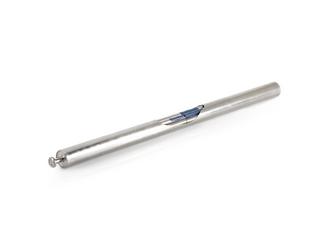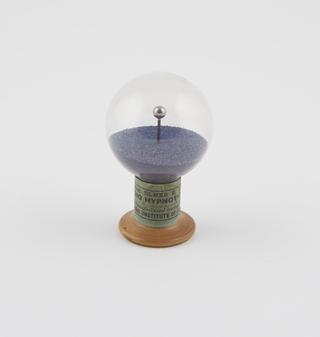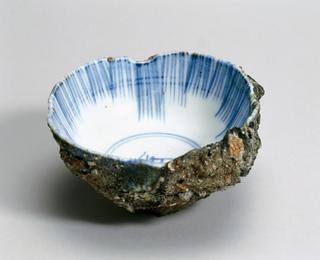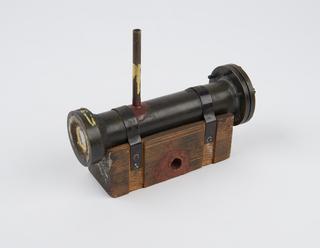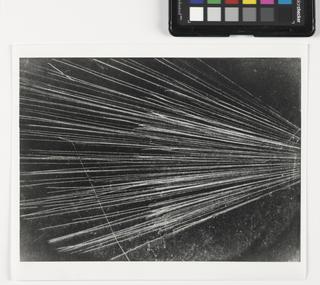






Model of sodium atom according to the Rutherford-Bohr theory of 1911. neutron with eleven circulating electrons, four in intersecting circular orbits, four in elliptical orbits, one in a large elliptical orbit (two small orbits not shown in the model)
Details
- Category:
- Nuclear Physics
- Object Number:
- 1926-374
- Materials:
- metal (painted) and acrylic
- Measurements:
-
overall: 275 x 270 x 90 mm
- type:
- atomic models
- credit:
- Sir Lawrence Bragg (Full name William Lawrence Bragg but known as 'Sir Lawrence' to distinguish him from his father, Sir William Henry Bragg)
